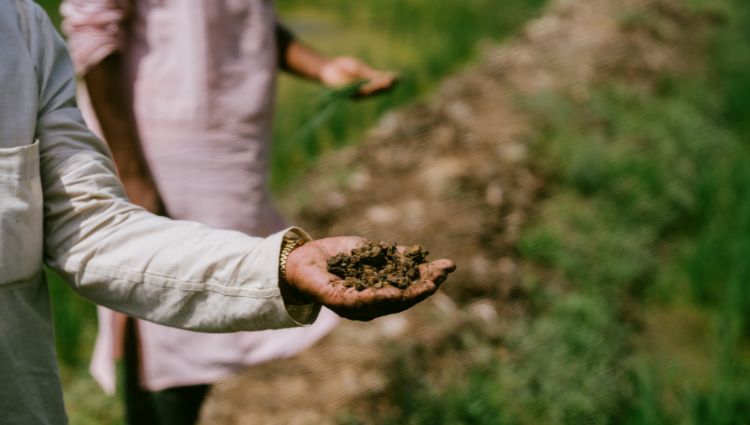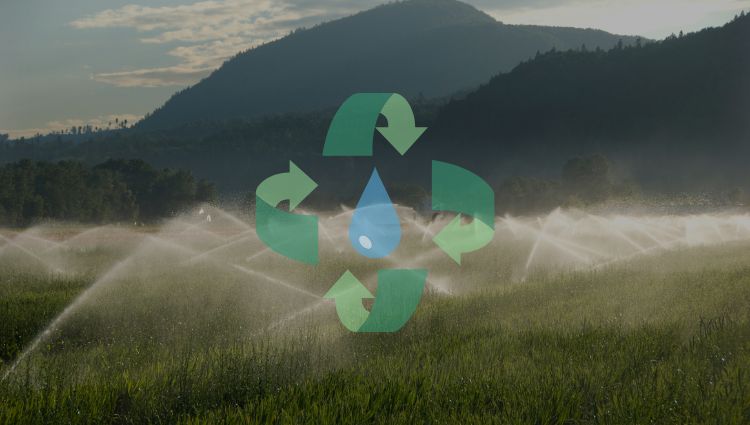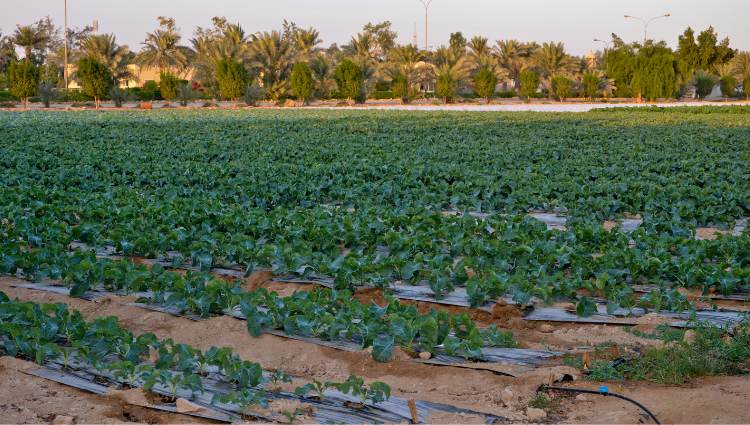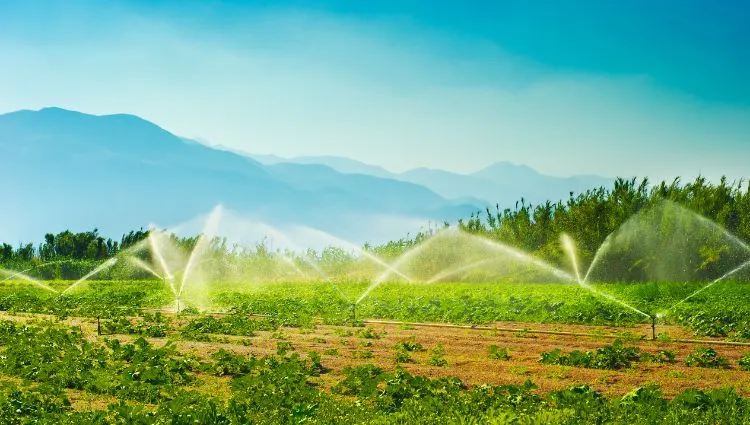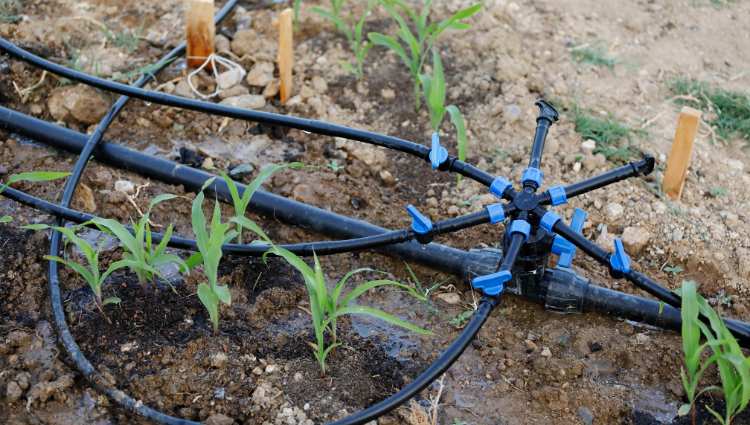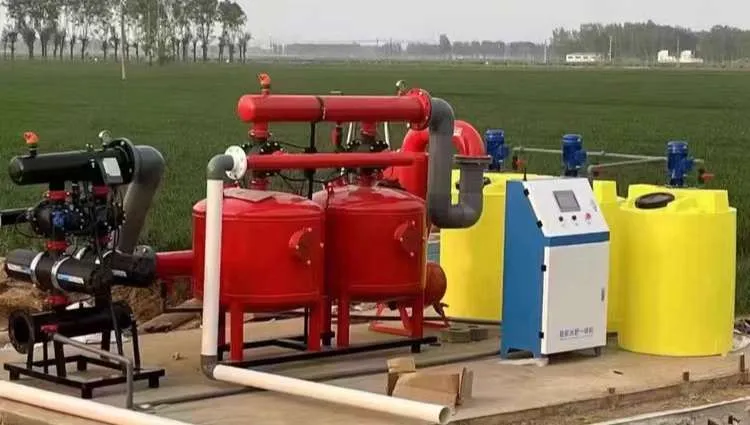The growth of crops and plants definitely requires water resources, and they need to be irrigated. But irrigation doesn’t mean supplying water to crops all the time. We not only need to know the amount of water, the flow rate, and the pressure, but it’s also necessary to know when to irrigate. And this depends on the condition of the soil—that is, the soil moisture and water content.
The more water in the soil, the better? Not really. If the soil contains too much water, it may cause oxygen deficiency in the roots and root rot. If the soil water content is too low, it may also lead to poor plant growth or even cause the plants to wither and die. अत, proper soil moisture is very important, and irrigating crops based on the soil’s moisture condition is the right approach.
So here comes the question: how can we determine the soil moisture? Are there some simple ways to judge the soil’s water content? That’s exactly what this post is going to talk about.
There are many ways to determine soil moisture and water content. उदाहरण को लागी, तपाईं सक्नुहुन्छ observe the color of the soil. If the soil appears dark—like brown or black—it means the soil has high moisture. On the other hand, if the soil looks very light in color, like grayish white, it means the soil is lacking water.
Besides that, you can also find a dry stick and insert it deep into the soil. Then pull it out. If wet soil particles remain on the stick, it means the soil has high water content. If the soil particles are dry, then the soil moisture is low.
The two methods mentioned above are useful, but they are quite rough. If you want to know the exact soil moisture, there’s another way: using a soil moisture tester. Insert this device into the soil, and the display will show a number representing the soil’s moisture level. The higher the number, the higher the moisture.
Although soil moisture testers are accurate, they are more commonly used in gardening and flower planting. In agricultural irrigation, especially large-scale farmland irrigation, they are rarely used, because such precision is usually unnecessary. But observing soil color and using a stick to judge moisture are too rough. So is there a more suitable and commonly used method in agricultural irrigation?
Here is a commonly used method by farmers and growers. It doesn’t require any instruments and can easily help you judge the soil’s moisture condition. I call it the “Soil Sample Test Method”. Let me briefly introduce its steps below.
As the name suggests, this method requires taking some soil samples for testing. Note that you shouldn’t take soil from the surface, but rather soil from a certain depth. That’s because the roots of crops are under the ground, and it’s more appropriate to take soil from that area.
If you are growing vegetables, dig soil from about 10 cm deep. If you are growing fruit trees, dig from about 30 cm deep. अवश्य, this is based on experience and there’s no fixed standard. You can dig based on your own situation. सामन्यतया, as long as the soil is not too close to the surface, it will be fine.
अर्को, you can do the soil “squeeze test” and the “drop test” to judge the soil’s moisture and water content. There are the following standards:
1. Grab the soil in your hand, squeeze it slightly. If the soil forms a ball and water seeps out, it means the water content has reached 100%.
2. If the soil forms a ball when squeezed and your hand feels moist, but no water seeps out, and if you drop the ball from a height of 50 cm and it doesn’t break apart, the soil moisture is around 85–95%.
3. If the soil forms a ball when squeezed, and when dropped from 50 cm it partially breaks apart, the moisture is about 80%.
4. If you need to use a bit of force to form the soil into a ball, and the ball doesn’t fall apart when you gently shake your palm, but it completely breaks apart when dropped from 50 सेमी, then the soil moisture is around 70%.
5. f you need to use a bit of force to form the soil into a ball, and it falls apart just by gently shaking your palm, then the water content is around 60%.
6. If the soil only forms a ball when squeezed hard, but it immediately falls apart once you release your fingers, then the water content is about 50%.
7. If the soil cannot form a ball even when squeezed hard, then the soil moisture is below 50%.
अन्तिम शब्दहरू
Different crops and different growth stages of crops have different requirements for soil moisture. So we can use the “Soil Sample Test Method” introduced above to roughly determine the soil’s water content. After that, we can decide whether irrigation is needed for the crops.
I hope this method is helpful to you. If you have any other tips for judging soil moisture, feel free to share them with us.
अन्तमा, कृपया मलाई हाम्रो कम्पनी परिचय गराउन अनुमति दिनुहोस्. वर्षाफुन भनेको चीनमा सिंचाई उत्पादन निर्माता मुख्यालय हो. हामी उत्पादन र उत्पादन उत्पादनहरू उत्पादन र निर्यात गर्दछौं खडेट सिंचाई र sprinkler systems, लगायत डबिड सिंचाई भल्भ, ड्रिप सिंचाई फिटिंग, ड्रिपलाइन, खपर्ब टेप, तप्केनी, एर्रो डब्ड, स्प्रिंकलर, माइक्रो स्प्रिंकलर, वर्षा बन्दुक, र यस्तै. जानकारी पाउन सक्नुहुन्छ Rainfaun को बारेमा र हाम्रा उत्पादनहरू यस वेबसाइटमा.
यदि तपाईं हामीलाई सहयोग गर्न चाहानुहुन्छ भने, तपाईं सक्नुहुन्छ यहाँ क्लिक गर्नुहोस् फारम भर्न.
लेखिका: माइवेएलको
सम्पादक: माइवेएलको
सामग्री समीक्षाकर्ता: माइवेएलको
